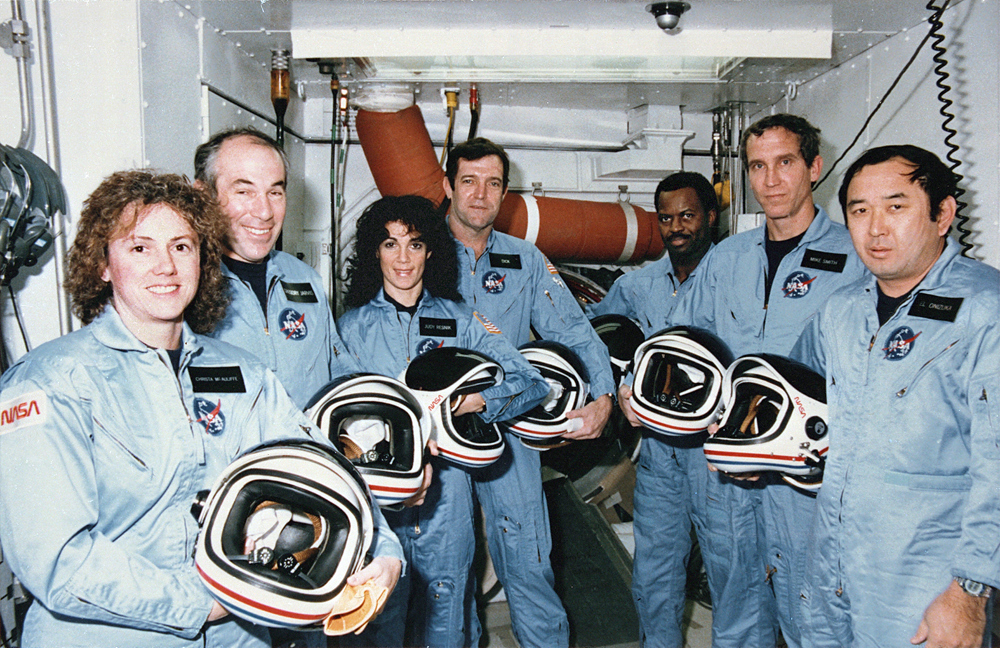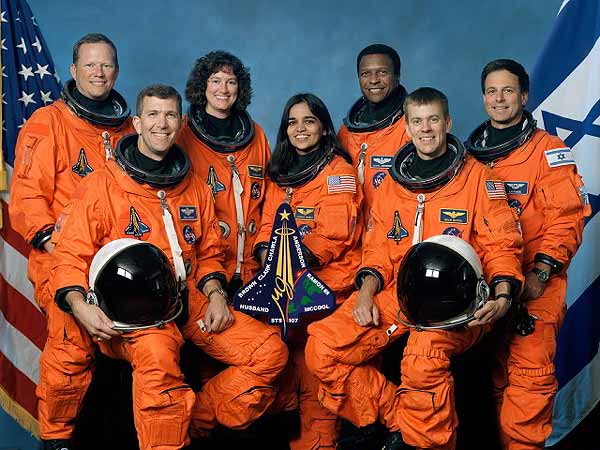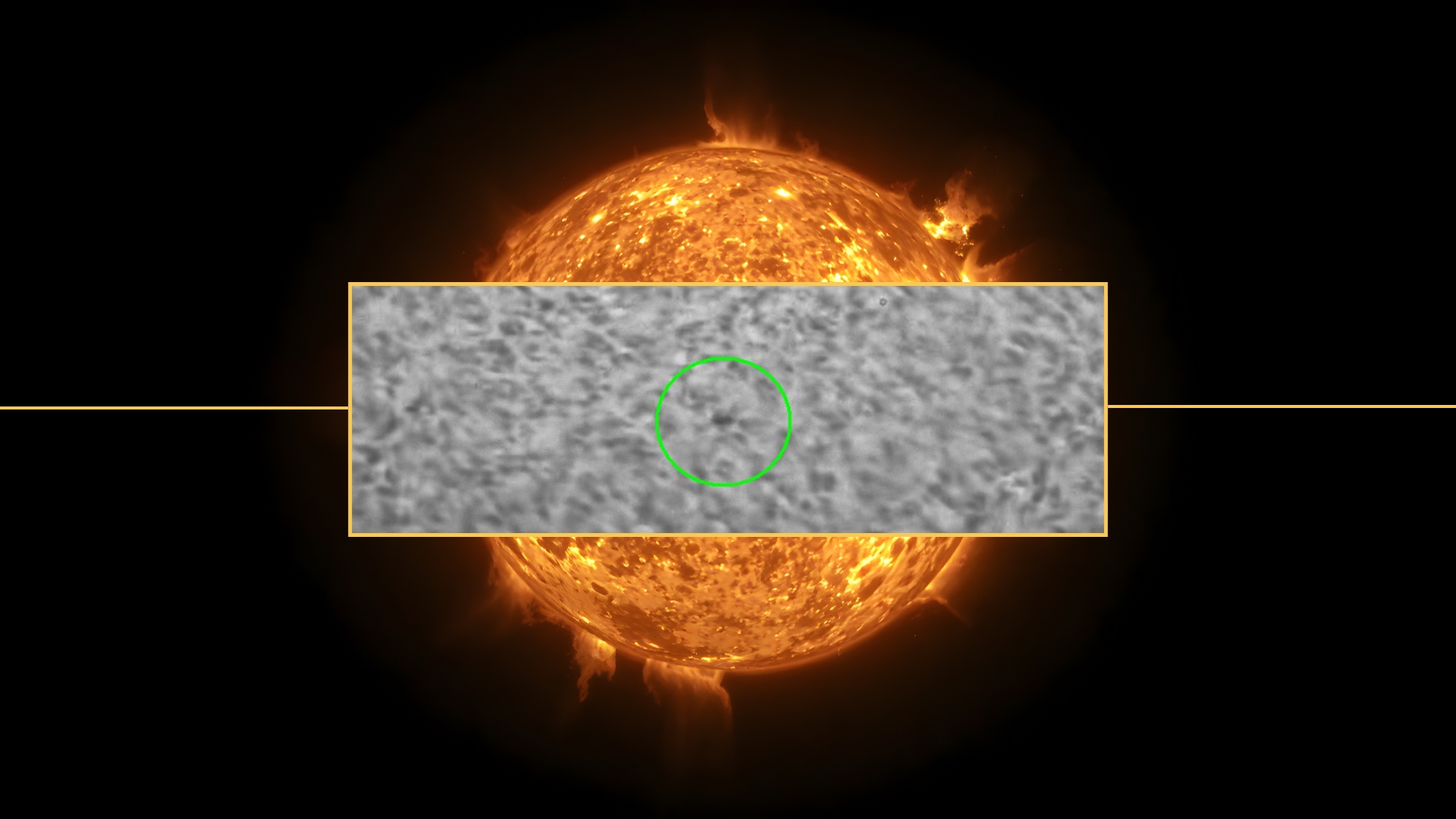For NASA, a somber 'Day of Remembrance' casts spotlight on astronaut safety to prevent tragedies
NASA leaders emphasized the importance of safety and having an inclusive culture in a discussion held during the agency's annual Day of Remembrance to honor fallen astronauts.
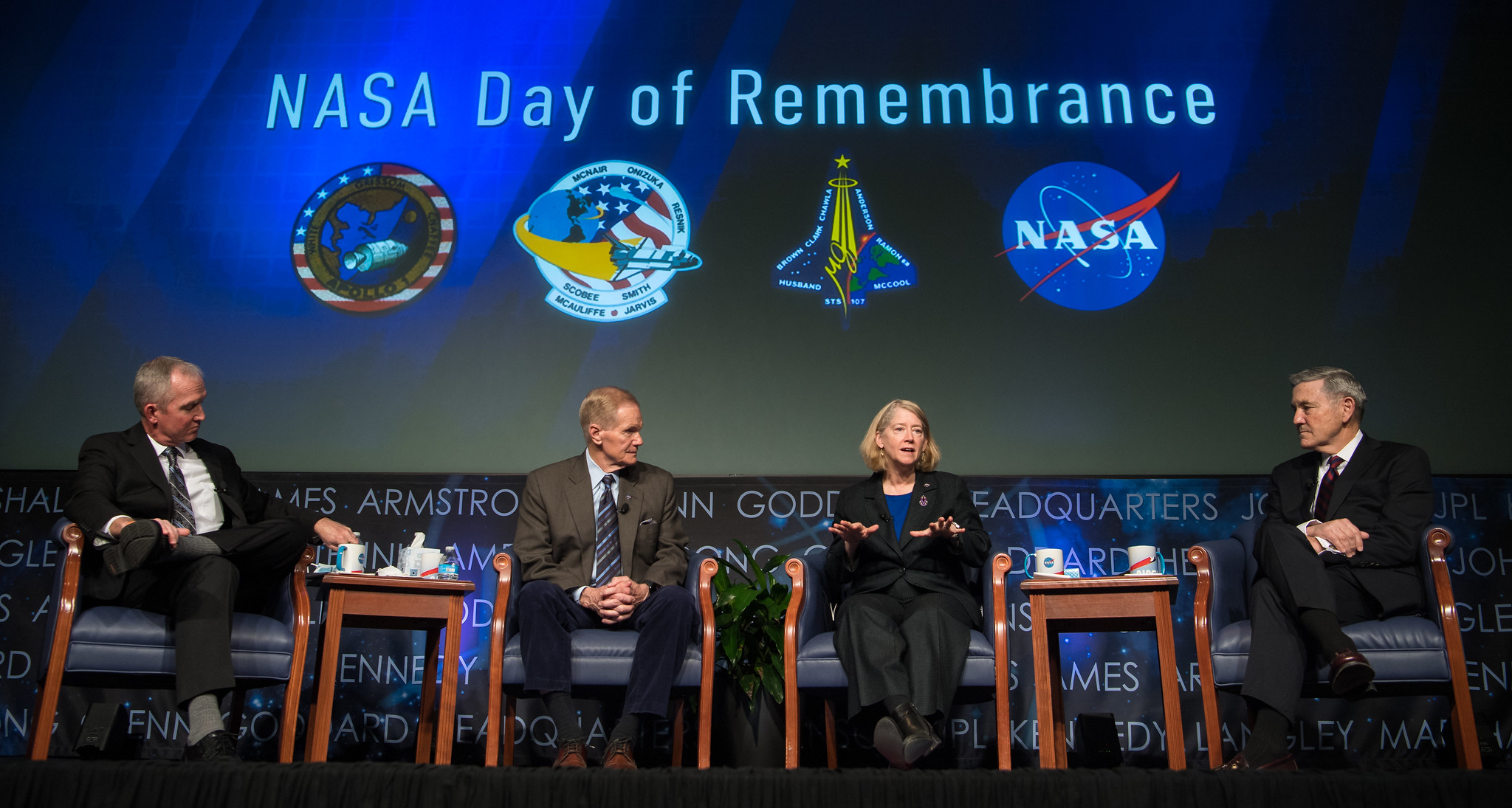
NASA leaders emphasized the importance of safety and having an inclusive culture in a discussion held during the agency's annual Day of Remembrance to honor fallen astronauts.
The televised safety panel on Thursday (Jan. 27) ran after a series of commemorative events at NASA centers across the country. Participants included NASA Administrator Bill Nelson, Deputy Administrator Pam Melroy, Associate Administrator Robert D. Cabana, and Russ DeLoach, NASA's chief of safety and mission assurance.
"When we talk about these crews ... these are moms and dads, sons and daughters. They're our friends. It's really important that we know who it is we're putting on these vehicles, and that we make sure that we are making the right decisions when we do it," Cabana, who has flown on four space shuttle missions, said during the panel discussion.
This year's Day of Remembrance was timed with the 55th anniversary of the Apollo 1 fire of Jan. 27, 1967. Also honored each year are the fallen crewmembers from the Challenger shuttle disaster of Jan. 28, 1986 and the Columbia shuttle accident of Feb. 1, 2003, whose anniversaries all coincidentally fall in the same calendar week.
Related: NASA's fallen astronauts: a photo memorial
Nelson shared stories of NASA technicians and managers who were personally affected by Challenger; as for himself, he flew in space as a payload specialist weeks before Challenger's demise.
"It's a solemn day. It's a sad day. But it is a day for us to remember not only these wonderful people, and to remember them as the vibrant people that they were, but also for us to remember the lessons that we should learn from those accidents because human mistakes caused those accidents," Nelson said.
Breaking space news, the latest updates on rocket launches, skywatching events and more!
"We live in such a high-risk, high-charged environment where so many things are just right on the line," he added. "This agency, I keep saying it, it proves that the impossible becomes possible. But it's not without risk. And that's what we want to minimize."
Nelson recalled a finding from the Rogers Commission pointing to a moment during one of his own countdowns for the space shuttle mission STS-61-C, when a technician accidentally overrode the computer and started to drain the liquid oxygen required for the flight. While an alert supervisor caught the error in time, the commission mentioned it because "they thought that fatigue had played a part" in Challenger's demise.
Cabana spoke about each of the members of the Columbia crew, sharing anecdotes about their personalities, before showing a picture of the pieces of the shuttle assembled in a NASA facility during the investigation of the fatal crash.
"The reason I put this up here," Cabana said of the picture, "is I want folks to see the consequences of the decisions that we make. I will tell you right now, everybody that made decisions related to any of these accidents, did not make that decision thinking ... that it would result in causing harm to anyone."
He continued, "Our decisions have consequences. That's why it is so important that we have all the knowledge that we can possibly have. When we make our decisions, our decisions [must be] based on the best data possible. The only way we can do that is if everybody has a voice."
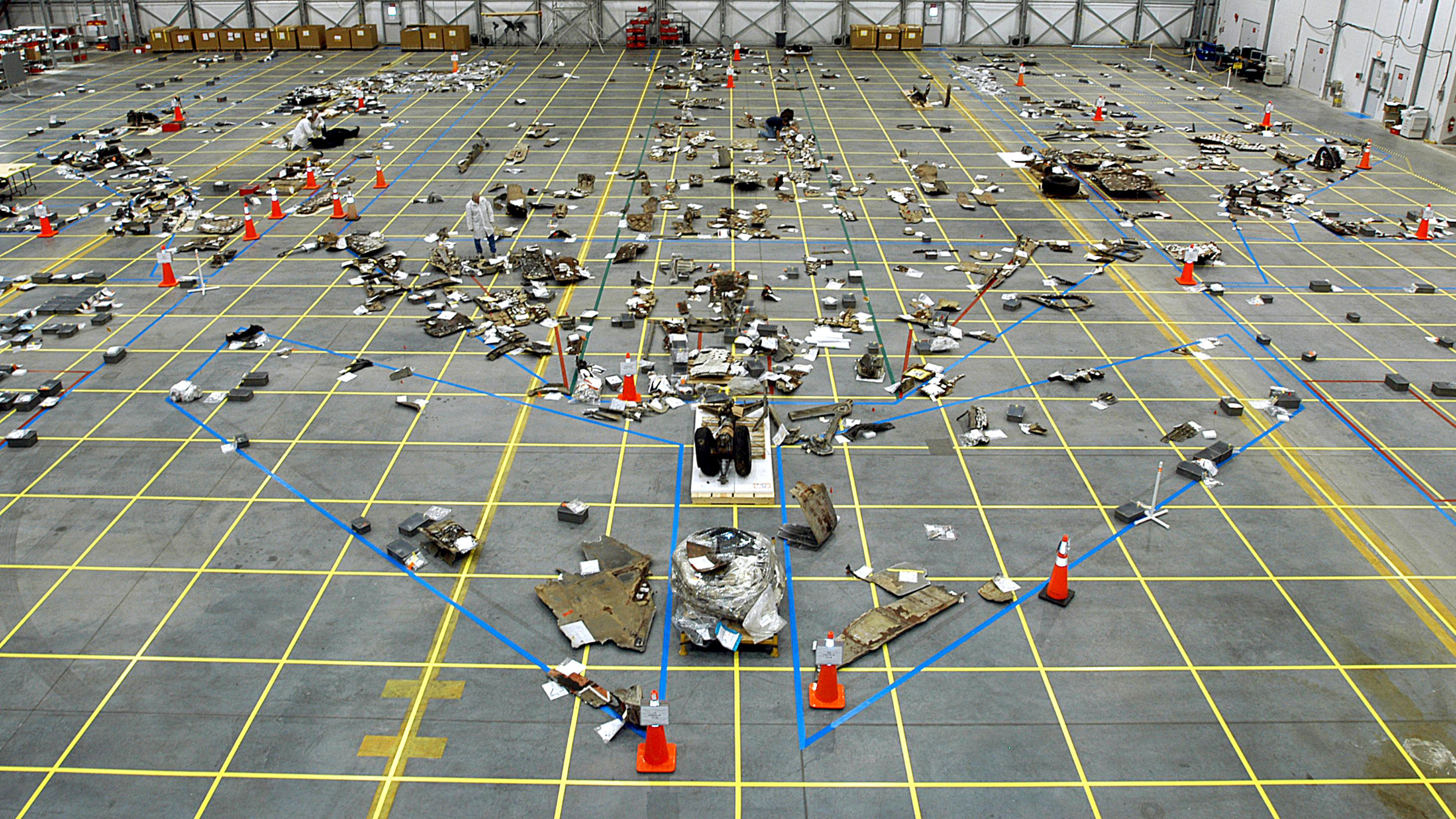
Cabana warned the audience that he doesn't ever "want to go through another Columbia." The gap in time between 2022 and the accident in 2003 is 19 years now; the gap between Apollo 1 and Challenger was 19 years, and Columbia happened 17 years after Challenger, he said.
As NASA prepares to launch people back to the moon and continues to work with a new set of commercial crew vehicles, he added, "I don't want to forget the lessons learned from the past. We're in a time of great change right now. We're building new spacecraft. I don't want to see us complacent with the commercial crew vehicles that were flying. We have to pay attention all the time, every year."
Nelson agreed. "Since we have this model where we are now working with the commercial companies, we want to assure you that NASA is very much involved with the commercial companies to ensure this safety. But we don't want to ever get into the mindset: 'Oh well, the company is doing that.' "

Melroy spoke on behalf of the Apollo 1 crew, drawing on her experience as a three-time shuttle astronaut and "Cape crusader" who helped prepare shuttles for flight. During one of her support missions, a technician pointed out to her an open locker full of fire safety equipment in a support room on the big launch arm, attached to the waiting spacecraft.
One of the lesser-known stories of Apollo 1, Melroy added, was that this very same locker was locked — no key to be found — while being full of the very safety equipment that was supposed to be used in the event of a fire.
"So almost 30 years later — this was 1996 — they remember that story," she continued. "They said, 'This locker is never locked. It's always open for any kind of an emergency.' I really took that on board."
Test pilots like Melroy, she said, have an expression about critical procedures being written in blood. "It's things that we've learned because we've learned the hard way. It really resonated with me."
Lessons for Artemis
The group also spoke about safety in relevance to Artemis 1, an uncrewed moonbound mission set for later in 2022 intended to kick off a new program that will return people to the moon later in the 2020s.
"We can't get launch fever. We've got to pay attention, folks," Cabana said. "We've got a process. We've got to work through it methodically. We've got to make sure that we cross all the T's, dot all the I's. I think one of the big challenges is going to be getting all the paperwork closed out and making sure that we've documented everything correctly, that we haven't missed something."
Russ DeLoach, NASA's chief of safety and mission assurance (who joked about being the only non-astronaut on the panel), spoke about Artemis 1 in terms of proper risk management but noted that assessing risk will always remain difficult. He urged looking beyond models and making sure that safety is embedded in every part of the mission planning and execution.
"At the beginning of a program, establishing that risk posture upfront is very critical," DeLoach said. That establishes how much risk are you willing to take in each domain: cost, schedule, performance, safety. That risk posture has to consider ... the benefit of taking that risk. What are we gaining, by taking that risk? What makes the risk worth it?"
Melroy noted that as a person representing equity, diversity and inclusion, it is important to bear these principles in mind during safety discussions so that all voices are heard.
As a lighter anecdote, Melroy recalled the first and only three-person spacewalk, or extravehicular activity (EVA) in history. It took place during the space shuttle mission STS-49, in 1992, after two unsuccessful attempts by two astronauts to snag the Intelsat 6 satellite for repairs in orbit. Before STS-49, the established practice of the shuttle program for the past decade was to send only two people out at a time.
"One of my favorite stories is the guy on the crew who knew absolutely nothing about EVA, [about] their rookie pilot — Kevin Chilton. One of the best astronauts we've ever had," Melroy said.
"But on his rookie flight, he asked the question: 'Well, why can't we send three astronauts on EVA at the same time?' No one would have thought of that, without somebody who had no preconceived idea."
Three spaceflight tragedies
Apollo 1's launchpad on Jan. 27, 1967 fire killed NASA astronauts Gus Grissom, Roger Chaffee and Ed White. The crew had planned to conduct an Earth-orbiting mission later in 1968 to prepare the Apollo program for planned lunar missions later in the decade.
Investigators were unable to trace the exact location where the fire started, but noted contributing factors such as the pure oxygen atmosphere in the spacecraft (NASA disallowed that on the ground, for all future missions) and poor wiring and technical processes.
After a lengthy investigation and Congressional testimony changes, Apollo 7 launched safely to Earth orbit with three astronauts in October 1968, with numerous design, process and culture changes.
The Challenger space shuttle (mission 51L) broke up minutes after launch, killing seven people: Cmdr. Francis "Dick" Scobee, pilot Mike Smith, mission specialists Judy Resnik, Ellison Onizuka and Ron McNair, and payload specialists Greg Jarvis and Christa McAuliffe, who was set to be the first teacher in space.
The primary technical cause was due to a fault in a booster joint called an O-ring, induced by cold weather before launch. (A subset of the launch team pointed out the potential for danger due to the cold, but the launch went forward anyway.) Investigations also pointed to what author and sociologist Diane Vaughan later called "normalization of deviance" — simply put, that unexpected faults in the system were treated as normal.
NASA grounded the space shuttle fleet for more than two years to address the numerous technical, engineering and culture problems Challenger uncovered, before returning to flight with the launch of the STS-26 mission on the space shuttle Discovery in September 1988.
The Columbia space shuttle was destroyed during reentry. Wing damage, sustained by foam falling off the piece of the launch system two weeks before, exposed a part of Columbia's complex heat shield. But contributing causes, according to the Columbia Report that investigated the incident, also came down to faults in NASA's culture.
Killed in that tragedy were Cmdr. Rick Husband, pilot William McCool, payload commander Michael Anderson, mission specialists David Brown, Kalpana Chawla and Laurel Clark, and Ilan Ramon, a payload specialist from the Israeli Space Agency.
NASA grounded the space shuttle fleet again for nearly 2.5 years, before running a pair of return-to-flight missions. The first, STS-114 in July 2005, tested procedures to scan the shuttle's belly for broken tiles. Since STS-114's shuttle had more foam loss than expected, NASA made more adjustments before launching STS-121 in July 2006.
After STS-121's safe conclusion, NASA deemed the program ready to move forward and shuttles resumed flying several times a year. The program concluded after 30 years of service in 2011.
Follow Elizabeth Howell on Twitter @howellspace. Follow us on Twitter @Spacedotcom or on Facebook.

Elizabeth Howell (she/her), Ph.D., was a staff writer in the spaceflight channel between 2022 and 2024 specializing in Canadian space news. She was contributing writer for Space.com for 10 years from 2012 to 2024. Elizabeth's reporting includes multiple exclusives with the White House, leading world coverage about a lost-and-found space tomato on the International Space Station, witnessing five human spaceflight launches on two continents, flying parabolic, working inside a spacesuit, and participating in a simulated Mars mission. Her latest book, "Why Am I Taller?" (ECW Press, 2022) is co-written with astronaut Dave Williams.

